

Lettering Marla Bonner | Writer Sagirah Shahid | Photography Joél Valdez | Illustration Kelsi Sharp


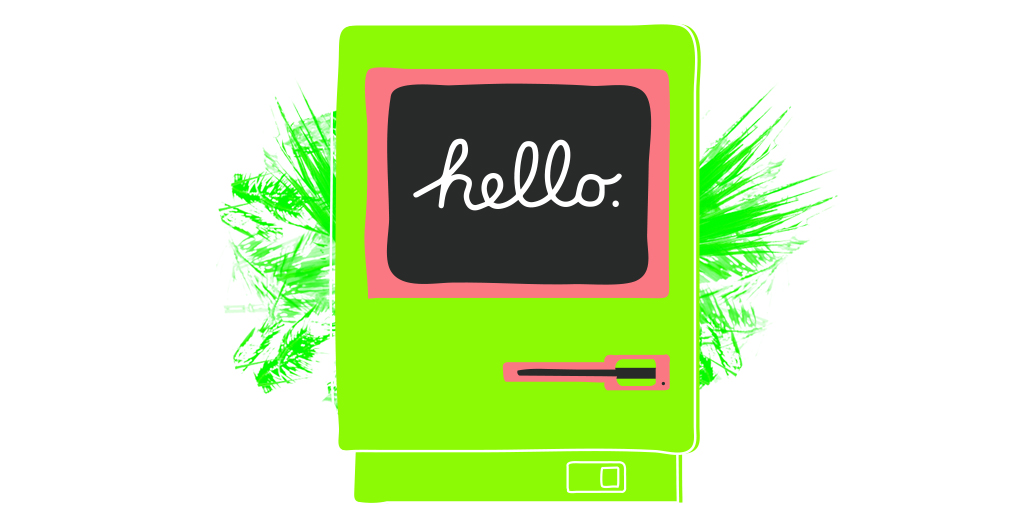

Milli Vanilli’s hidden vocalist told us to “blame it on the rain.” Barbara Pyle was off somewhere getting inspired to co-create the soon-to-be hit series Captain Planet and the Planeteers. And somewhere else, in the smoky, feathered bangs tableau of an almost 90’s America, a former NASA scientist predicted the future.
James Hansen’s historic testimony warned congress of the rapidly-approaching consequences of our very real human impact on planet earth. Turns out he was right: the earth is changing because of us. These days, you don’t need to be a rocket scientist to know that. Even so, it’s a truth that’s only recently gained shaky public momentum, like the resurgence of a good polar vortex meme aided by some Game of Thrones-hype.
In the 30 years since our climate crisis began its slow trickle back into public consciousness, one could argue it’s been business as usual — we trash our world, we rapid fire pithy tweets about it, the earth continues its warming and then we move on to our next temporal obsession.

AN ALTERNATE TAKE:
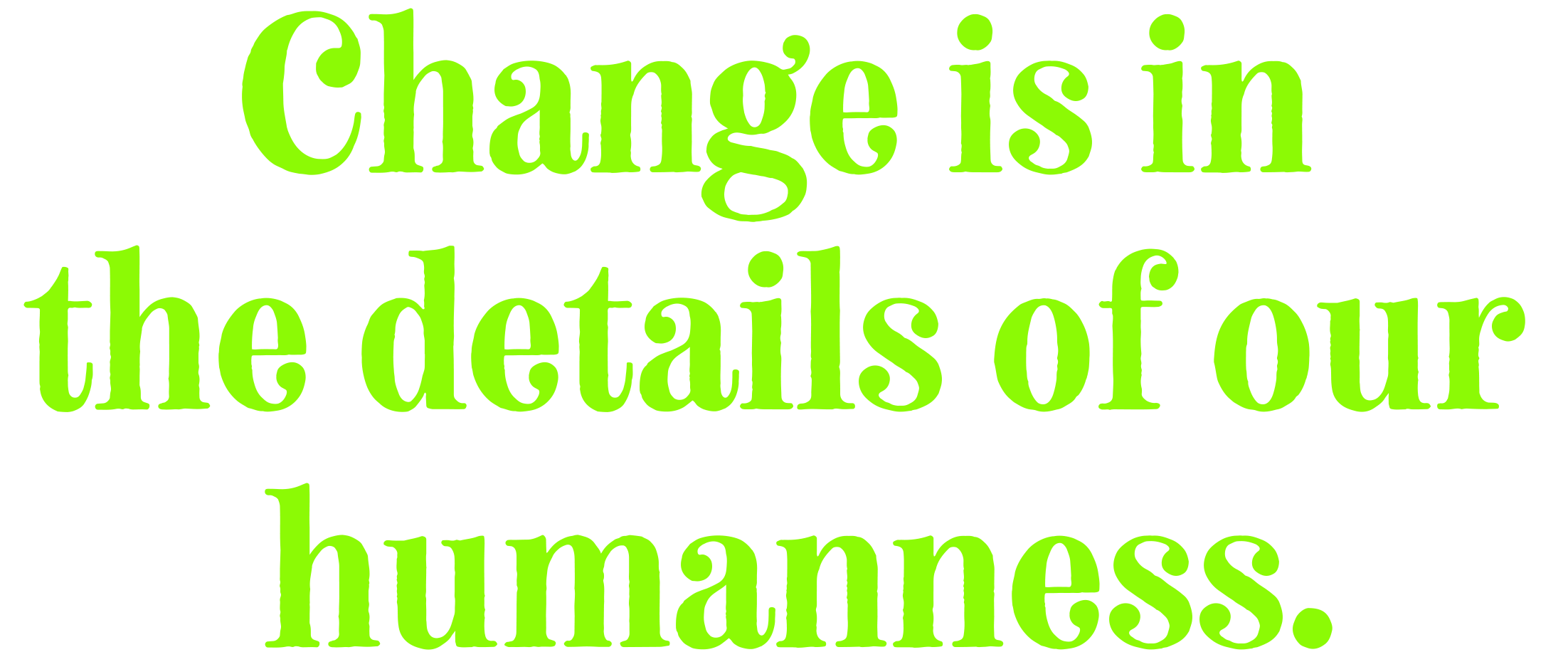
And for environmental justice scholar Dr. Cecilia Martinez, that’s the bit worth honing-in on.
The co-founder and executive director of the Center for Earth, Energy and Democracy (CEED), an organization that equips marginalized communities with the tools and education needed to have a meaningful impact on issues of environmental justice, Dr. Martinez has devoted her life towards noticing the details.
“The environment isn’t just ‘out there,'” she says. “It’s where we live, work, play, pray, and learn. That context is important.”

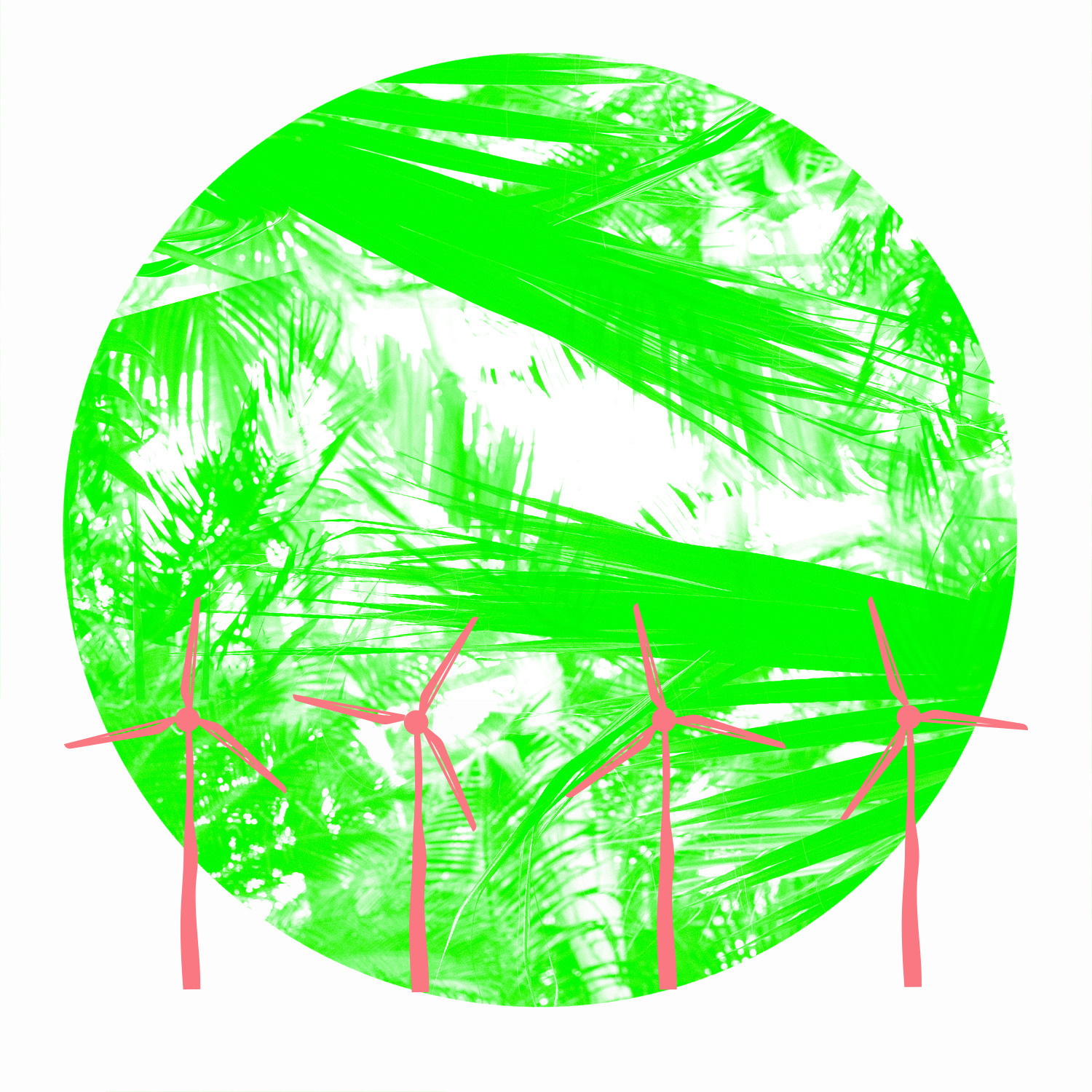
Cecilia is originally from Taos, a small town just outside of Los Alamos, New Mexico.
When asked about the driving force that lead to her work in environmental justice, she cites the proximity of her community to the site where one of the deadliest weapons known to mankind mushroom-clouded into existence.
“Los Alamos was a whole city that was created specifically, intentionally, only for the creation of the atomic bomb,” she says.
On the heels of the Pearl Harbor bombing in 1942, President Franklin D. Roosevelt greenlit the “Manhattan Project,” a quiet effort to fast-track America’s nuclear weaponry. At the time, no one in Dr. Martinez’s little town or America for that matter, knew what was happening.
“There was nothing there, and then they literally built a whole city and a whole industrial complex and research center just for the making of the atomic bomb,” Cecilia says. “And of course, it was all in secret.”
Scientists tested and tinkered in the deserts and mountains of Dr. Martinez’s hometown until the project realized its fearsome potential. In 1945, mid-war, the U.S. government released the bomb known as the “Little Boy” upon the Japanese city of Hiroshima. The bomb killed 80,000 people.
In the years that followed, thousands of people in Hiroshima would also die from radiation poisoning. If you’re like Dr. Martinez, you can’t help but wonder: what else was poisoned closer to home?
“When I was growing up just a stone’s throw away from Los Alamos, it always intrigued me because we weren’t part of any decision-making. It just got done,” she says. “How could that happen in a democracy?”

Dr. Martinez spent the better part of her young adult life seeking to answer that question, first through academia. She accumulated degrees. She was tenured. She published research. Before the climate crisis was a part of our public lexicon, her work focused mostly on nuclear energy and the devastating effects of nuclear power.
“Even though I was pursuing an academic career I was always really grounded in community work.”
“Eventually it came to a point where I had to decide — you can’t really do strong community work when you’re an academic because it’s got a whole lot of other demands on it.”
While in academia, Cecilia found it hard to meaningfully include and support marginalized communities of color in environmental justice policy work. So over time, one marriage and one move to Minnesota later, Dr. Martinez began gathering input from the movers-and-shakers within environmental justice circles on how they could re-imagine ways people might engage with their important work.
It’s worth mentioning an important distinction here. The philosophies and strategies of environmental justice organizers are markedly different than those of what Cecilia has called the “mainstream environmentalist.” Historically, environmentalists have prioritized the natural world, climate crises, conservation of natural resources, and the protection of endangered species. Environmental justice movement folks care about all those things too, they just also care about the people caught in the cross hairs of the systems that fuel the flames of the several large-scale environmental and climate related problems we’re witnessing.
For environmental justice folks, racism, homelessness, health outcomes are all connected to the goals of effective environmental work.
Cecilia and others believe that to conquer the ills facing the environment you also have to grapple with politics and the context of people living in the environment. To be fair, Cecilia says that in recent years, environmentalists have been working to take these factors into account too. But it’s worth mentioning that traditional environmentalist organizations still get the bulk of most funding related to environmental work, while, according to Cecilia, environmental justice folks only get about 5% of that funding pool.



After years of convening community, in 2011 CEED was born.
The framework of the organization has shifted over the years, leaning away from more direct environmental justice organizing work, and toward becoming a “movement ally” organization. “We didn’t have that center of gravity, so we moved away from that,” Cecilia says.
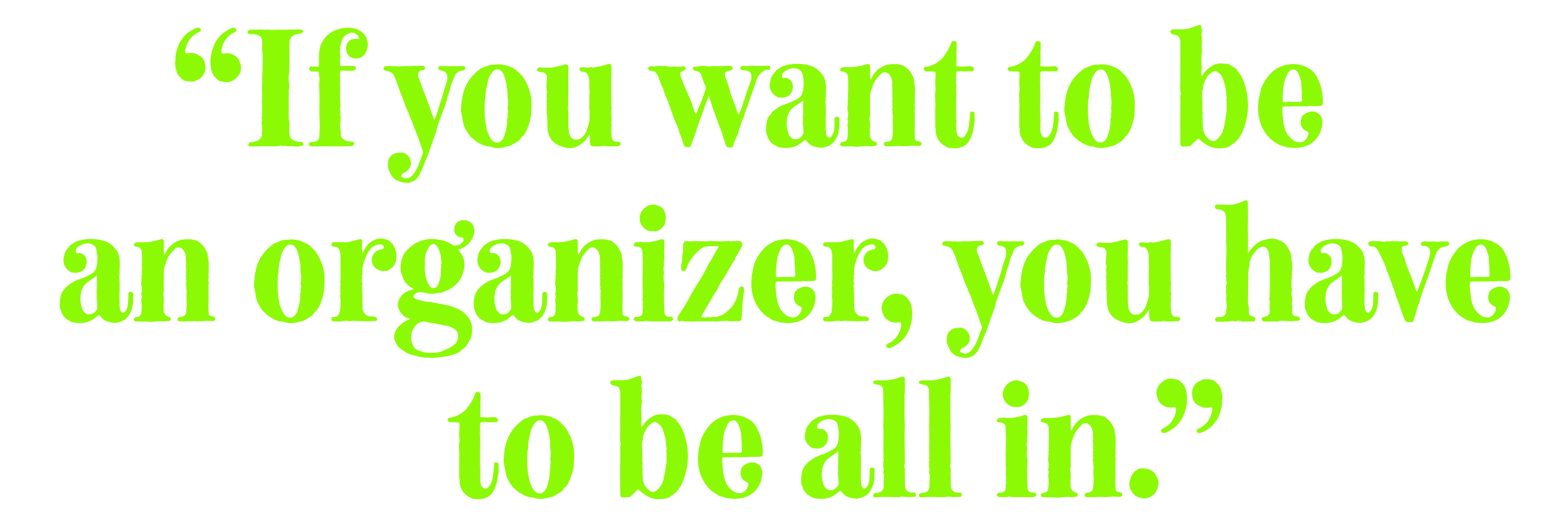
Today, CEED mostly provides research and analysis to support work happening within environmental justice groups and coalitions. One example: CEED’s work with the Environmental Justice Health Alliance, a coalition that addresses the waste, pollution and health hazards of the chemical and energy industries — issues that disproportionately impact communities of color and low-income neighborhoods.

“A lot of the climate change work that’s happening that’s really getting currency isn’t just focused on fossil fuels, but on chemicals as well,” says Cecilia. “This EJ collation wanted us to start exploring those connections for them. What do these facilities produce for the chemical industries? What is their fossil fuel input? How does that input impact those communities from mining to disposal?”
CEED is providing technical support to this group — research and analysis to explore the issue and to support the coalition’s efforts to organize their own community and to impact policy.
Another aspect of CEED’s work is focused on educating and empowering communities. CEED aims to change who’s participating in policy conversations by including the communities it describes as “overburdened” by the direct negative consequences of climate crises and oppressive systemic structures, such as underemployment or air-pollution in impoverished communities of color.
“People want to be involved, but how can they make their voice heard?” Cecilia asks rhetorically. “I mean, this system has intentionally excluded people from that.”
In recent years CEED has supported the amplification of voices from within vulnerable communities through their work surrounding the Minneapolis Green Zones Initiative. A Green Zone is an area selected by the city to promote health and economic well-being. In Minneapolis, Green Zones aim to accomplish this by prioritizing strategies to reduce pollution and to figure out where and how those strategies can be implemented.


Early on, CEED played a critical role in supporting the launch of this work.
“When Minneapolis was revising its climate action plan, we got involved,” Cecilia says. “We really pushed for the city to actually include community and an EJ perspective on the planning team.”
“What we liked about that idea was it was very community driven. The community had identified the problems and the whole idea was to reduce pollution in overburdened communities and neighborhoods.”
The plan has taken off. “It’s just gotten bigger and bigger,” Cecilia says. “There’s a Northside Green Zone, there’s a Southside Green Zone — the city has a whole established taskforce.”
To Cecilia, much of the quicksand of our current environmental and climate crisis comes down to economics.
The wealthiest of the world wreak the greatest havoc on the earth; the poorest and most marginalized of the world suffer the direct consequences of that the most.


Cecilia believes that if we can address the problem of economic injustice, perhaps we’ll be closer to answering the question of what to do about our ever-warming earth.
“The earth isn’t here to provide us with natural resources for capitalism,” Cecilia says. “We have to have respect for it, and respect the right of the earth to be healthy and whole in and of itself. We have to live in relationship with the earth.”
Captain Planet told us to do it. And now Dr. Cecilia Martinez is too. It’s time we start listening.
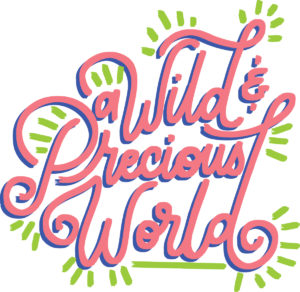
Ben and Janiece | Cecilia Martinez | Louis Alemayehu
This story is part two of our new story and event series Pollen Live: A Wild and Precious World. Each of the three stories will explore different aspects of the environmental justice movement, and our live event will bring together interactive readings, music, performance, and art to share a stage with leaders from within that movement. Stay tuned for details!


Contributors





